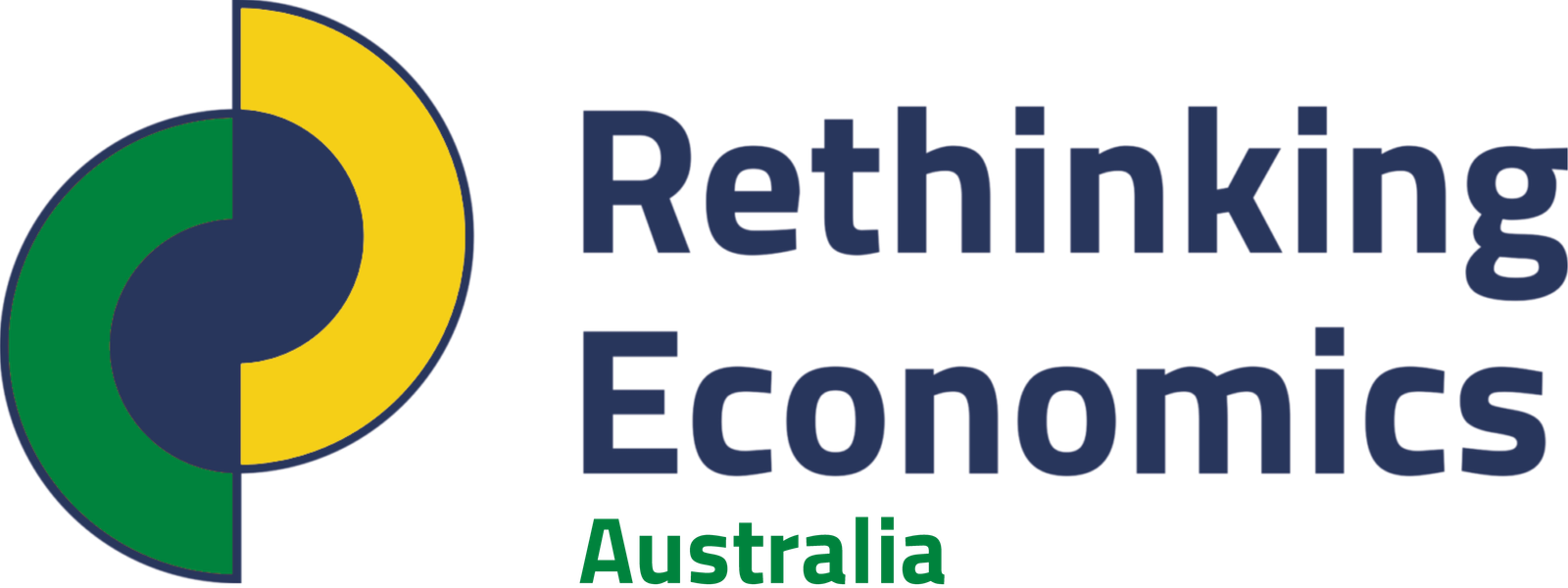The Complex Landscape of Poverty in the DRC
Despite the rapid growth and progress made around the world over the last century, poverty -in all of its dimensions- remains a big issue that millions of people are facing around the world. According to a recent report (Kharas & Doodley, 2022), more than 700 million people, approximately 10 percent of the world’s population, live in extreme poverty. Today, poverty remains an undeniable reality in Sub-Saharan Africa and in most fragile and conflict-affected countries. By 2030, Sub-Saharan Africa will account for nearly nine of the world’s ten poorest countries. Nigeria, Mozambique, Somalia and the Democratic Republic of the Congo (DRC) will probably be among those countries.
The DRC is one of the world’s poorest, ranked 174 out of 189 countries in the United Nations Human Development Index (2020). Using the international poverty line, as fixed in 2022 by the World Bank at US 1.9 dollars per day, the Institut National de Statistique (INS, 2020) reports that 74.7 percent of the DRC’s population is considered poor. These figures are also subject to large gender and regional disparities, for example, 89.4 percent of people in rural areas are considered poor.
For decades, the DRC has been confronted with a complex humanitarian crisis, armed ethnic conflicts linked to natural resources and power grabs, corruption, political and legal instability, food insecurity, and epidemics. Not surprisingly, the DRC ranks among the poorest countries (Marht and Nanivazo, 2015). It might seem mysterious to see the DRC suffering from poverty despite being one of the countries with the greatest natural resource wealth on earth. However, it should be understood that the natural environment is only one sphere in the bigger picture.
Venter (2016) prescribes using a four-quadrant framework to get insight into the bigger picture.
The figure below uses this framework to categorize the issues that the DRC struggles with.

Collective-External issues are those that are often thought of as the physical environment such as infrastructure, natural resources, and arable land. Collective-Internal issues are those ‘macro’ level emergent phenomena such as ethnic conflicts, power struggles, and human rights violations. Individual-Internal issues are concerned with the processes in the mind of the individual such as an individual’s education level, stress level, mindset, and beliefs. Individual-External issues are those affecting the individual’s body, for example, chronic malnutrition or disease. These four areas will now be discussed starting with collective-External issues.
Indeed, the DRC is the second biggest African country after Algeria. With an area of 234 5410 square kilometers and a population estimated up to 92.4 million. The DRC has abundant and exceptional resources, including diamonds, gold, cassiterite, chromium, manganese, iron, cobalt, copper and its associates, zinc and coltan. DRC’s fertile land has enormous agricultural potential with a large area of arable land comprising 80 million hectares; however, only 12 million are cultivated. Its vegetation is well-suited for agriculture.
The DRC has an important and diversified stock of energy. This includes renewables and non-renewable sources of energy. Its hydrography is also abundant which comprises two great rivers accompanied by small rivers. The DRC has also one of the richest biodiversity in the world due to the variety of animal life and plant life that supports them.
According to the old cliché, it seems like the DRC is facing the dilemma that local economists call “malediction des ressources naturelles” or in English, the curse of natural resources. This refers to the failure of many resource-rich countries to benefit fully from their natural resource wealth. These countries experience challenges in many areas including food insecurity, war, political disorder, and economic problems.
The sole aim of this essay is to highlight a rough idea about the Congolese dilemma and some solutions to solve this puzzle. Let us consider the situation in the other four quadrants and see how they interact.
Food insecurity, hunger and health.
Despite all of its agricultural potential, the DRC remains the most food-insecure nation on earth. The DRC is home to the world’s largest food crisis with one in three people within it suffering from hunger. In 2022, 26 million people were projected to be in high acute food insecurity and 1.33 million children in acute malnutrition. Women and children remain the most vulnerable (FAO, 2022). According to the WFP country’s briefing of the DRC (2020) about 41.8 percent of children from 6 to 59 months years old are in chronic malnutrition. According to the same report, 80 percent of the people experiencing acute food insecurity live in rural areas where they have to rely on themselves to feed and provide for themselves. Meanwhile the INS notes that the majority of Congolese live in rural area and the agriculture sector occupies most Congolese.
There are common Ebola Virus Disease (EVD) outbreaks in the DRC. According to the WHO (2022), EVD is endemic in the country and the concurrent outbreaks of cholera, measles, polio, yellow fever, and monkey-pocks have put increasing pressure on the health system and the available resources.
Consequences of War and Conflict
War and violence are common in the DRC. There are widespread and persistent attacks by armed groups against civilians, notably in the eastern provinces. In 2021, the UN Joint Human Rights Office (UNJHRO) documented 7000 cases of human rights violations and abuses throughout the country. Since 1996 the country experienced several wars and conflicts due to political instability or internal conflicts among ethnic groups. This ongoing violence has displaced 5.2 million Congolese and over 500 000 Congolese refugees have fled to neighboring countries (UNDP). Despite this, DRC hosts more than half a million people notably refugees from Burundi, the Central African Republic, and South Sudan.
Local conflicts over natural resources, territory, and related types of conflicts is a major negative impact on agricultural production and food security. The agriculture sector constitutes the largest share of the country’s economy, employing about 70 percent of the workforce and contributing a significant share to GDP. Fighting has uprooted farming households, causing them to miss vital planting seasons, and lack of income has meant they are unable to afford seed and basic inputs to resume food production.
Education,
Education is a form of human capital and it is a main component of economic growth according to the endogenous growth theory, even if some empirical studies have shown the correlation between growth and human capital, the underdevelopment of most Sub-Saharan African countries can be explained by their low investment in education.
As in many African countries, the largest category of people in the DRC is the youth. According to the INS’ report, the DRC’s population under 15 represents 48 percent of the population.
Investing in education should be an emergency. The education system is plagued by low coverage and poor quality, despite the progress toward universal primary school education over the past few decades. The net attendance rate has increased from 52% in 2001 to 78% in 2018. Still, 3.5 million children of primary school age are not in school, and of those who do attend, 44 percent start school late, after the age of six. National data indicate that only 67 percent of children who enter first grade will complete sixth grade. Of those who reach 6th grade, only 75 percent will pass the exit exam (USAID, 2022).
Improving the reading and writing skills of children is not the only factor, working on the training of teachers and administrators should also be a concern. Their salaries and safety are the key to success. Building an environment in which education can flourish is key, this requires both peace and investment in infrastructure which is largely lacking in the DRC.
Economic investment,
As stated earlier, the DRC’s large reserve of mineral resources could be used for economic development. Cobalt is especially in high demand as it is used in electrical cars, electronics and mobile phones. The Industrial sector in the DRC is not modernized and does not fit 21 century requirements. Despite the large size of the country, only a few factories operate in it. Many of the mineral resources extracted are exported to other countries for processing. As a consequence, unemployment remains high. The eventual goal is that these resources are processed locally in order for people to be employed but for this type of economic investment to happen, peace, food security, and education are the precursors.
It is clear that agriculture will remain a big sector in the DRC as many people are working in the agricultural sector. The government is trying to invest in modernizing agriculture which could save millions of people and boost economic growth.
Should the DRC lose heart or is there a solution?
Above all solutions that could be given, peace remains the most powerful weapon that can reduce half of the most challenging issues that the DRC is facing. The DRC was ranked 158 out of 163 countries by the Institute for Economics and Peace in 2022.
People need peace. It is a requirement to be able to grow their own food and to invest in the education of their children. Violence and conflicts at and around the school are known barriers to accessing education.
The crisis that the DRC is facing will end one day if and only if smart reforms are made and actions concretize them. In order to make impactful reforms, it is imperative to understand the big picture.
The author would like to thank Dennis Venter for his insightful comments and suggestions, as well as the members of the RE UC-BuKavu and the club Economique du Kivu(CEK) for their valuable support.
Bibliography
FAO. (2022). Democratic Republic of the Congo: Humanitarian Response Plan 2022. Rome.
Frankel J, 2012, The natural resource curse: A survey of diagnoses and some prescriptions. CID Working Paper №233. https://www.hks.harvard.edu/centers/cid/publications/faculty-working-papers/natural-resource-curse
Institut National de Statistique. (2020). Annuaire statistique. Kinshasa.
Institute for Economics & Peace (2022). Global Peace Index 2022: Measuring Peace in a Complex World. Sydney.
Kharas, H., & Dooley , M. (2022). The evolution of global poverty, 1990–2030. BROOKINGS GLOBAL WORKING PAPER #166 , 1–10.
Mahrt, K., & Nanivazo, M. ( 2015). Estimating multidimensional childhood poverty in the Democratic Republic of Congo, 2007 through 2013. WIDER Working Paper 2015/131.
United Nations. (2022). Update on the Democratic Republic of Congo. Récupéré sur https://www.ohchr.org/en/statements/2022/03/update-democratic-republic-congo
United Nations High Commission for Refugees (UNHCR). 2023. Concerned by conflict’s toll on hundreds of thousands displaced in eastern DR Congo. Récupéré sur https://www.unhcr.org/afr/news/briefing/2023/3/640af08b4/unhcr-concerned-conflicts-toll-hundreds-thousands-displaced-eastern-dr.html
United Nations Children Fund (UNICEF). (s.d.). Democratic Republic of Congo. Récupéré sur https://www.unicef.org/drcongo/en/what-we-do/education
Venter D, 2016 The Need for a Dynamic Approach to Economics, IEDA. https://www.ieda.info/article1652vd
World Health Organisation (WHO). 2022. Disease Outbreak News, Ebola virus disease – Democratic Republic of the Congo. https://www.who.int/emergencies/disease-outbreak-news/item/2022-DON411


